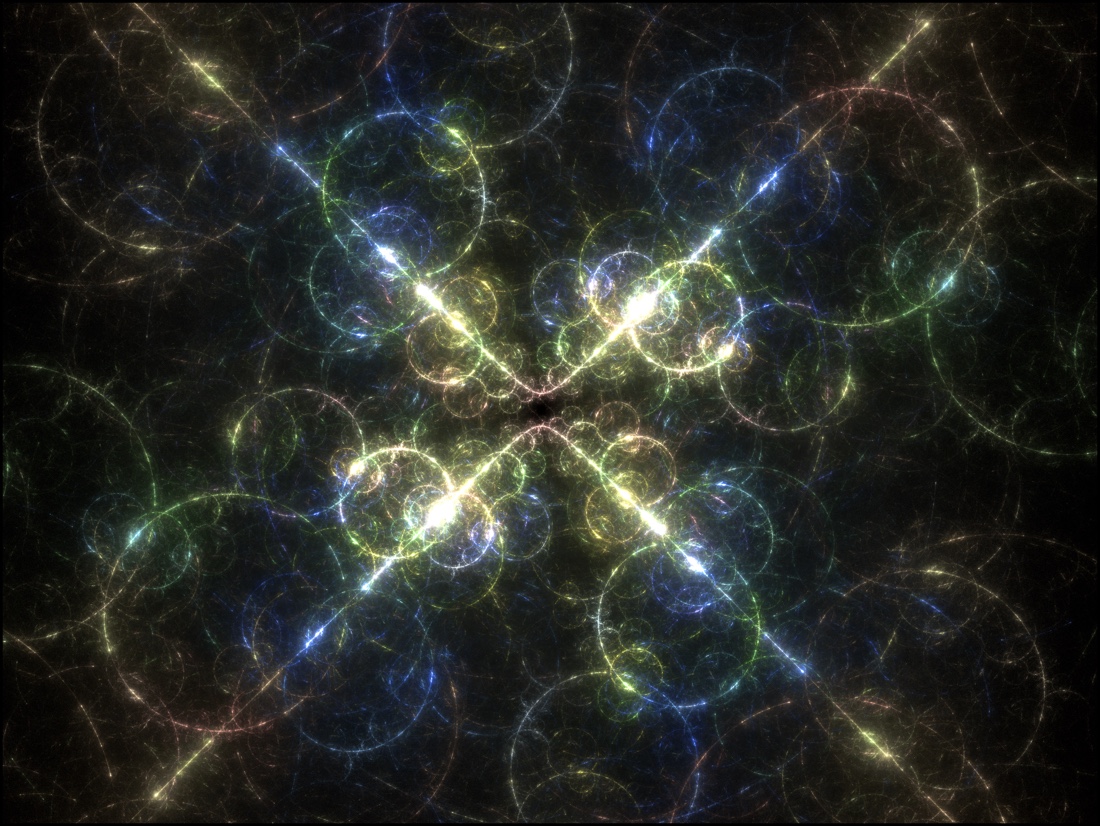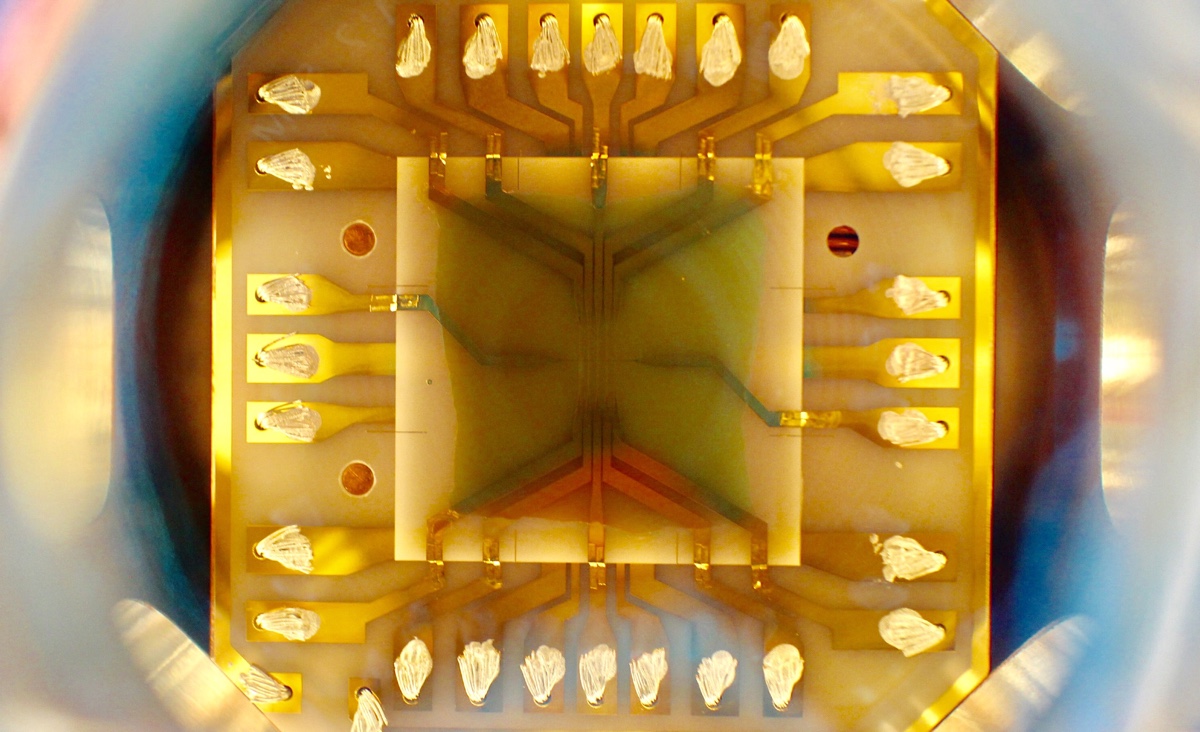Scientists Create Rare Fifth Form of Matter in Space for the First Time Ever

For a few minutes on Jan. 23, 2017, the coldest spot in the known universe was a tiny microchip hovering 150 miles over Kiruna, Sweden.
The chip was small — about the size of a postage stamp — and loaded with thousands of tightly-packed rubidium-87 atoms. Scientists launched that chip into space aboard an unpiloted, 40-foot-long (12 meters) rocket, then bombarded it with lasers until the atoms inside it cooled to minus 459.67 degrees Fahrenheit (minus 273.15 degrees Celsius) — a fraction of a fraction of a degree above absolute zero, the coldest possible temperature in nature.
While the rocket bobbed in low gravity for the following 6 minutes, scientists were given a rare opportunity to study in-depth the weirdest, least-understood state of matter in the universe — the Bose-Einstein condensate. For the first time ever, scientists had created one in space.
Unlike the other four states of matter (solids, liquids, gases and plasmas), Bose-Einstein condensates can form only when clouds of gassy atoms cool to within a few billionths of a degree above absolute zero. When groups of atoms are cooled to such unfathomably low temperatures, they stop moving as individuals and meld into one big "super atom." Tens of thousands of atoms suddenly become indistinguishable from one another, slowly vibrating on a uniform wavelength that can, theoretically, pick up the tiniest gravitational disturbances around them.
That hyper-sensitivity makes Bose-Einstein condensates promising tools for detecting gravitational waves — disturbances in the curvature of space-time created by collisions between supermassive objects like black holes and neutron stars. The trouble is, when scientists create Bose-Einstein condensates in terrestrial labs, they have just a few seconds to study them before the blob of homogenous matter falls to the bottom of its container and breaks apart.
Researchers sometimes try to buy themselves a few extra seconds by dropping Bose-Einstein condensates from tall towers, but this method is not sustainable for long-term study. Studying Bose-Einstein condensates in low or no gravity would be much more effective. (NASA recently set up a Cold Atom Laboratory on the International Space Station for just this purpose.)

That brings us back to our rocket, and our very cold chip. When the chip-full-of-atoms was launched into space last January as part of the Matter-Wave Interferometry in Microgravity (MAIUS 1) experiment, scientists on the ground knew they had a few precious minutes to study it once the atoms inside froze. Using a compact laboratory built into the rocket, the team ran 110 lickety-split experiments on the chip to better understand how gravity affects atom trapping and cooling, and how Bose-Einstein condensates behave in free fall.
Sign up for the Live Science daily newsletter now
Get the world’s most fascinating discoveries delivered straight to your inbox.
Among their results published in the Oct. 17 edition of the journal Nature, the researchers found that slicing up and reassembling Bose-Einstein condensates could be a key tool in detecting elusive gravitational waves. In one experiment, the team sliced their condensate cloud in half with a laser, then watched the halves recombine. Because both halves of the cloud share the exact same quantum state and move as a continuous wave, any differences in the two halves after recombination could indicate that an external influence altered that state. According to the researchers, the presence of gravitational waves could be one such influence.
If all this talk of chips and groundbreaking science is making you hungry for more, the good news is there's a lot more Bose-Einstein condensate research to be done, on Earth and above it. For now, the researchers behind the MAIUS I mission currently have two sequels in the works. Stay tuned (and bundle up).
Originally published on Live Science.

Brandon is the space/physics editor at Live Science. His writing has appeared in The Washington Post, Reader's Digest, CBS.com, the Richard Dawkins Foundation website and other outlets. He holds a bachelor's degree in creative writing from the University of Arizona, with minors in journalism and media arts. He enjoys writing most about space, geoscience and the mysteries of the universe.










